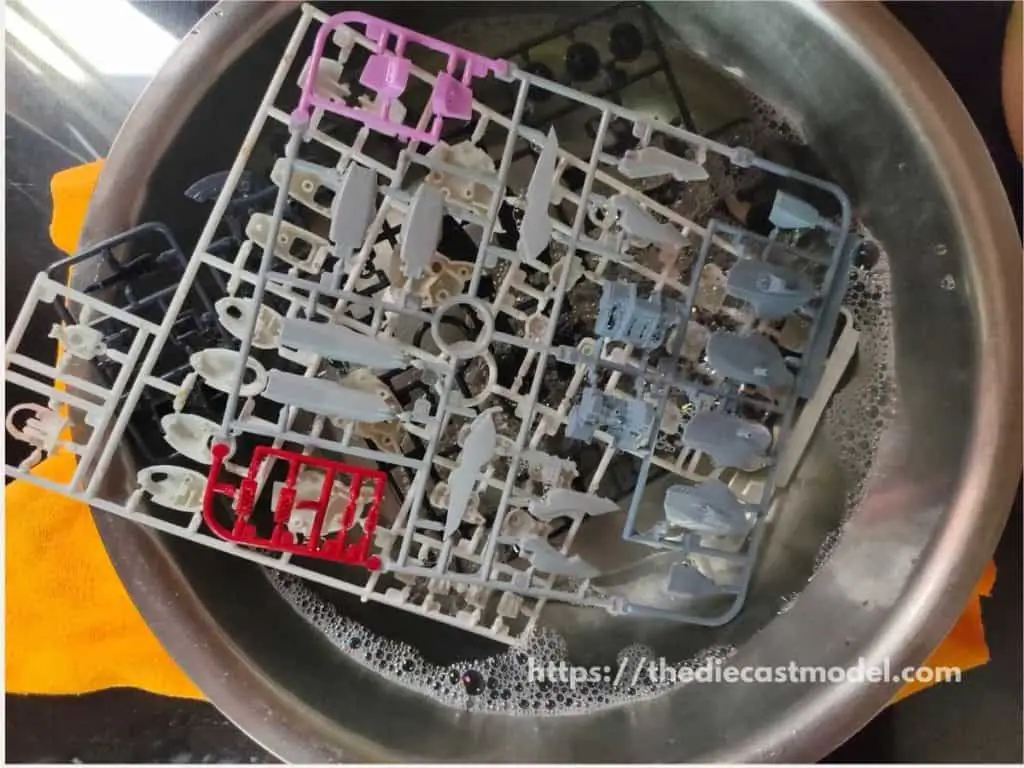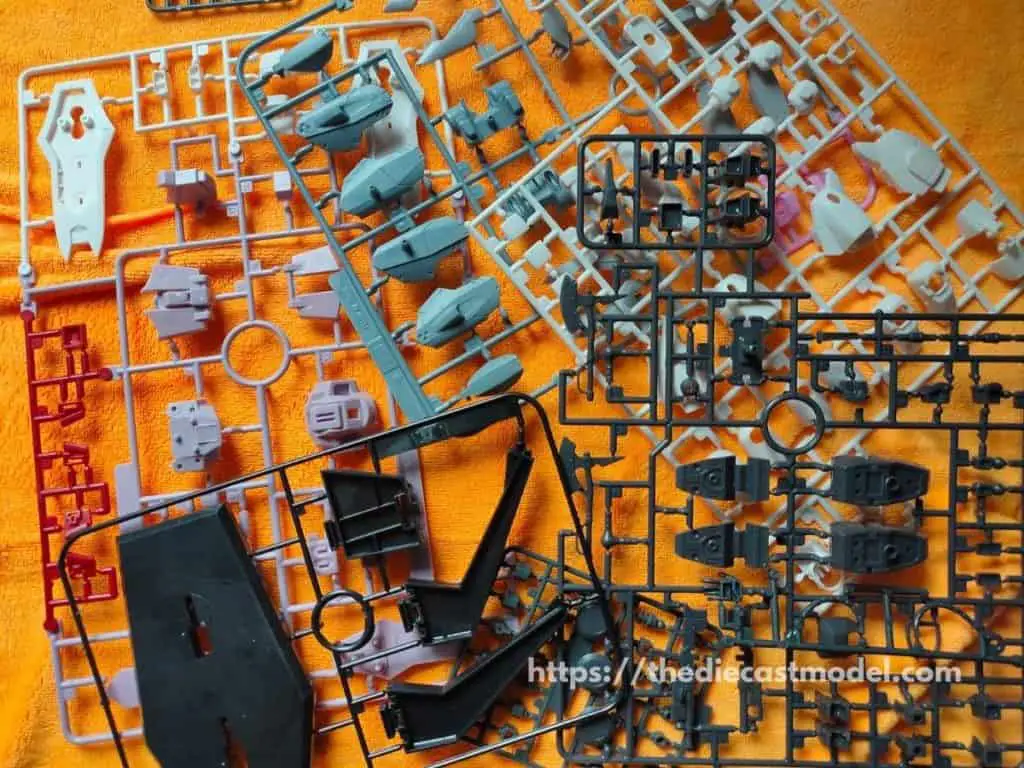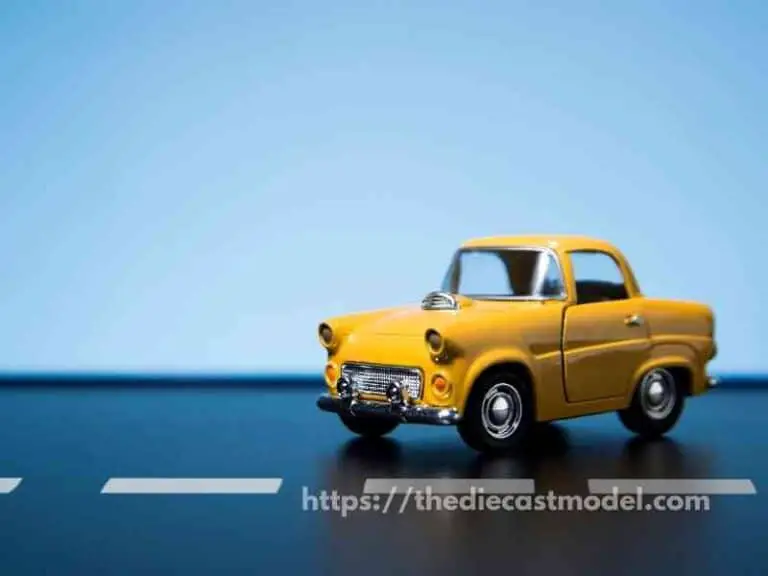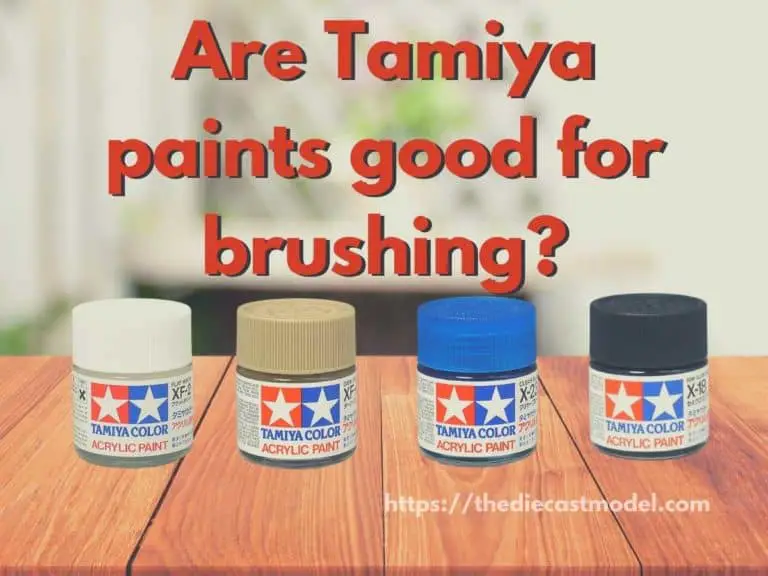Can you Wash and Clean Gunpla? How to Wash Gunpla Models and Why You Should Wash It
A common question I hear from people is if they can or should wash their models before and after assembly. My answer is that it depends on what you want to do with your model. Washing your Gunpla offers advantages and disadvantages that we will discuss in this post.
You can wash your Gunpla to remove the dirt and its outer covering that protects the plastic from external harm. Washing is a crucial step if you plan to put decals and paint since these can slide off due to the plastic protectant. However, make sure to reapply a plastic protectant after cleaning your model kits, as it helps your model last long.
This post will discuss if you can wash your Gunpla. We would also discuss why we should clean our Gunpla and how we should do it. After reading this post, you have everything you need to know to take care of your model correctly.
This post may contain affiliate links, which means that I may receive a commission if you make a purchase using these links. As an Amazon Associate, I earn from qualifying purchases.

Can you wash Gunpla?
You can wash and clean your Gunpla models and kits since it helps your models last long. Furthermore, cleaning removes dust that keeps your models shiny. However, cleaning removes the plastic protectant placed by the manufacturer on the kits. That’s why it is crucial to replace this protectant after cleaning.
The good news with Gunpla kits is that they are almost entirely made of plastics.
Unlike other models that use diecast or iron metal, plastic kits aren’t prone to oxidation that causes lead rots and rust.
This means taking care of your plastic model kits, such as Gunpla models, is easier.
However, there are some drawbacks. For one, plastics that aren’t being taken care of tend to become brittle with age.
This causes the plastic models to crack. Eventually, these cracks get larger, and they might break the model.
The bad news is that cleaning your models through soap and water can cause make your Gunpla models age faster, leading to cracks.
But why? Well, that’s what we will discuss in the next section.
Why should you wash Gunpla models and Kits?
You should wash your Gunpla models as dust and dirt can accelerate plastic aging, which leads to cracks. Furthermore, paints and decals won’t stick to the model properly without washing the plastic kits as they usually come with a plastic protectant.
While we can and should clean our Gunpla models to preserve the plastics and keep the models shiny, it can cause the plastics to age faster.
Washing your Gunpla kits with soap and water can be advantageous and disadvantageous to the model.
But why?
This is because plastic models are usually coated with a plastic protectant during manufacturing.
Plastic kit manufacturers call this protectant the “mold release.” The mold release serves multiple purposes.
One is that it provides a coating for the plastics during manufacturing. It helps the plastic not stick with the molds that make them.
This prevents errors during the manufacturing process.
Another is that this mold release protects the plastics from external harm such as oxidation. Oxidation causes the plastics to age which makes them brittle.
You can see this when you check old plastics, as they can easily crack and break since they become brittle with age.
The good news is that almost all Gundam kits are coated with this mold release which slows down their aging process.
The problem with the mold release is that once you’ve built your Gunpla model, one thing you would sometimes notice is that the stickers or decals you put slide off your model.
The paint and stickers slide due to the mold release.
Mold release protects your plastics from the environment. However, it can become a hindrance if you plan to paint and design your model.
Thus, to properly paint your model kit, you must wash your models to remove this mold release or plastic protectant.
Once removed, you will instantly notice that the plastics aren’t as slippery as before. This is a sign that the protectant has been removed.
Once the protectant is removed, you can apply the stickers and paint without trouble, as they would instantly stick with the plastic.
Cleaning on finished models will remove excess dust, providing extra shine to your models. Furthermore, remember that dirt can also accelerate the plastic aging process.
The problem is that the protectant is vital as it helps shield the models from oxidation. Once they are removed, oxygen from the air can start accelerating the plastics’ aging process.
That’s why we should replace the plastic protectant or apply a clear coat to protect the plastic.
But how? Let’s now talk about how we should wash our Gunpla models.
How to wash Gunpla Models?
To wash your Gunpla kits, you should soak them in a bowl of water with about 2 spoons of dishwashing liquid. Then, you may use a toothbrush to fully clean the models or mix the bowl every 5 minutes. After that, air dry them for 24 hours.
One thing to note is that you should not use strong soaps such as detergent powders as they are potent oxidants that can cause more damage than good.
This is why I specified that you should use dishwashing liquid as they aren’t strong enough to damage the plastics.
Generally speaking, you can get by with soaking the plastics as the dishwashing liquid can quickly remove the mold release or plastic protectant.
However, some prefer to brush the plastics so they can accelerate the process.
You will know you’ve cleaned your Gunpla kits if they are squeaky clean.
Some people prefer their plastics to be highly squeaky clean by completely removing all types of oils and plastic protectants.
If you’re one of them, I suggest you use a degreaser instead of a dishwashing liquid.
An example of this is Simple Green. Simple Green could remove more oils and protectants compared to ordinary dishwashing soap. Furthermore, it isn’t as strong as a detergent powder.
You can find Simple Green on Amazon. Here is the link: Simple Green
After cleaning your Gunpla model, make sure that they dry completely. Airdrying is preferred as it doesn’t harm the plastics. Usually, airdrying for 24 hours is enough.

To soak the excess water, you may also put tissue paper beneath the plastics.
Some modelers accelerate this process by blow-drying the plastics. However, based on experience, you shouldn’t do so as the heat from blow-drying can damage the plastics.
You should only use a blow dryer if you have a blow dryer that doesn’t blow heat.
After drying the plastics completely, it is time to reapply the protectant.
Remember that the protectant will protect your plastics from external harm. That’s why you should never skip this step.
Any form of plastic protectant will work, but some have other features. For example, Armor All’s plastic protectant not only protects but can also shine and restore tiny cracks.
You can find Armor All’s plastic protectant on Amazon here: Armor All Plastic protectant.
However, if your Gundam is clear coated, it is a different story. Instead, use a wax such as Carnauba, Paste, or Liquid wax.
Remember to use a plastic protectant if the model isn’t painted with a topcoat. If it is protected with a top coat, use wax instead.
You can find Carnauba wax on Amazon here: Carnauba wax.
Conclusion
Washing your Gunpla is a great way to preserve your models. However, doing it incorrectly can cause more harm than good.
Remember that you shouldn’t use extra strong soaps as these can accelerate the plastic aging process.
Also, remember to always apply a plastic protectant or clear coat after cleaning.
If the model is painted with a clear coat, do not reapply the clear coat after washing.
Use a plastic protectant if you only applied decals and don’t use it before painting your model.
Also, If the model is painted, then the plastic protectant won’t work. Instead, use a top coat and wax to preserve your model.
Remember that cleaning your models like this is not necessary. In fact, only about a quarter of Gundam modelers remove the mold release before building their kit.
Others can get by without removing them, especially if they aren’t planning to paint their models.
What’s next? As you can see, building and maintaining Gundam models is quite complicated but fun. However, have you experienced people calling this hobby childish? I sure did, and I made a post about why people see this hobby as childish and why we shouldn’t bother. Here is the link: Are Gundam Model Kits Childish?







